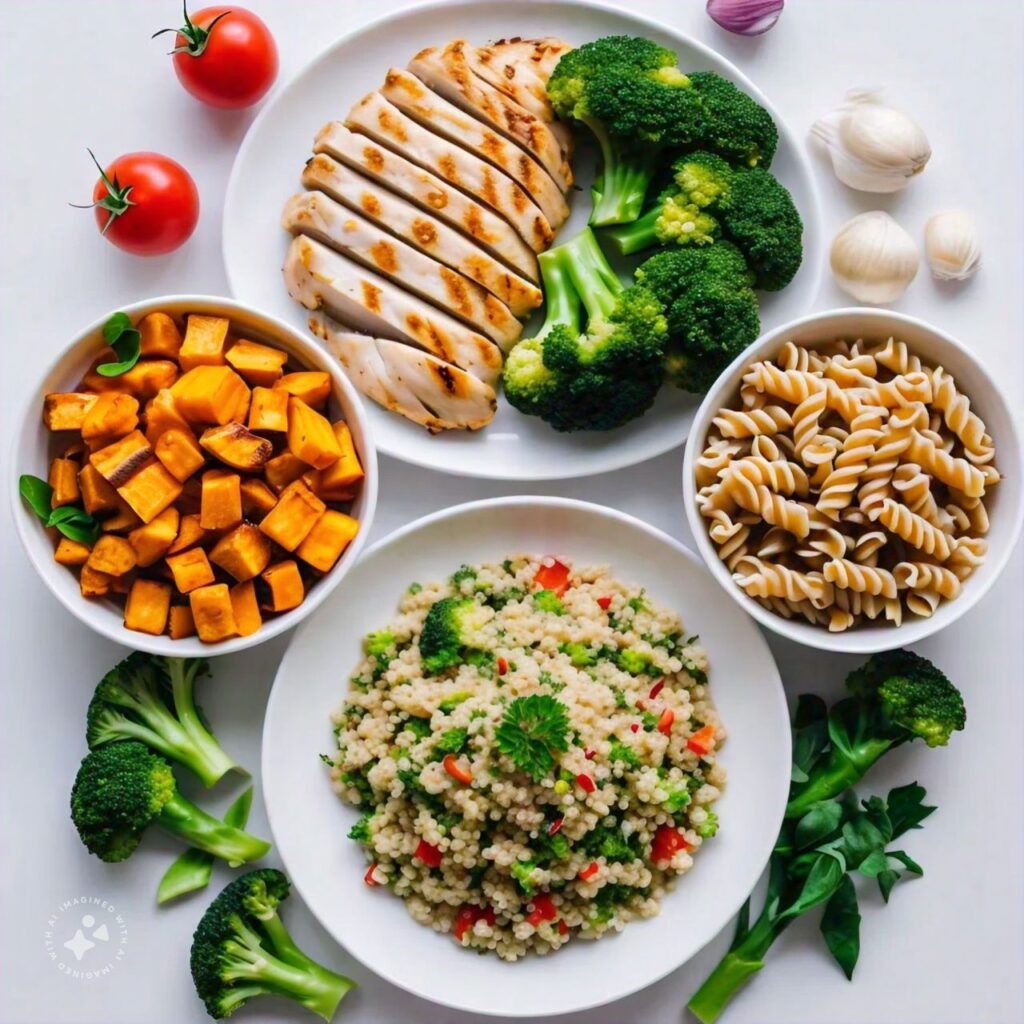Ditching rice can be a game-changer for weight loss. Incorporating these 5 foods into your diet can help you shed those extra pounds and maintain a healthy lifestyle. In many culinary traditions, especially in Indian homes, white rice has always been regarded as an integral component of the diet. For centuries, it has remained a popular food for its soft texture and feeling of fullness it provides. However, because white rice is devoid of nutrients and is high in calorie content, there have been worries regarding the use of it, particularly among those who wish to cut back, control their carbohydrates, or manage diabetes. Since more individuals are becoming health-conscious, many are now seeking alternatives to white rice in order to boost their diet.
Opting for alternatives that are rich in nutrition not only helps in losing weight but can also help prevent a few other health issues such as controlling sugars as well as aiding digestion. So, if you are one of those looking to cut down on rice and move on to a healthier diet, these are some great rice substitutes that you can use on your path to achieve your weight loss targets.
Dalia (Broken Wheat)
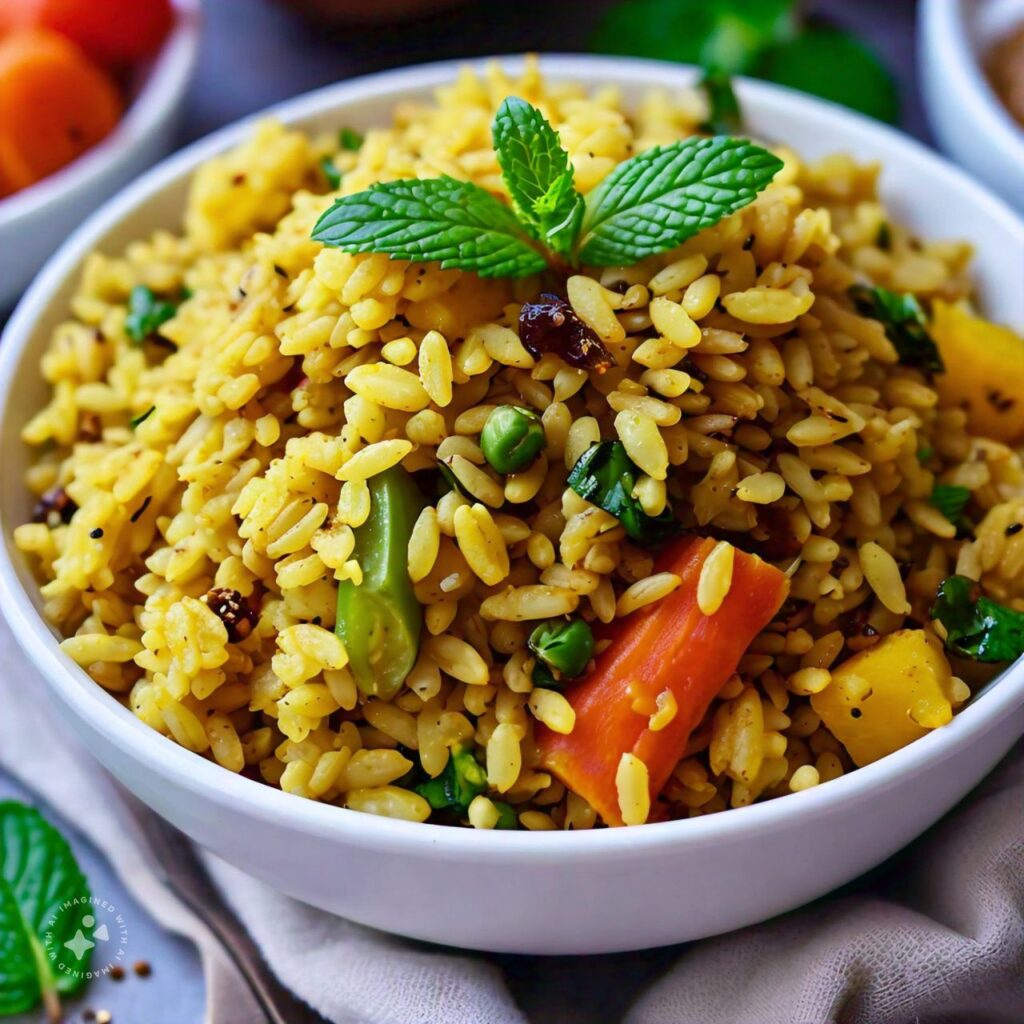
Dalia, bulgur, or broken wheat, is another delicious whole grain alternative where you can even say it has a milder flavor than rice but at the same time, it’s significantly low in calories. With Dalia containing mere 76 calories in 91 grams over white rice which has 25% more at 100 calories then you can see it’s great if you want to reduce your weight. Dalia is thick in consistency and allows digestion to be easily done and also helps in avoiding cravings by making one feel full. The thicker tissue prevents rapid blood sugar fluctuations in the body making the broken grain ideal for the diabetic.
Apart from it, Iron, Magnesium and B vitamins are Dalia’s striking nutrition-rich properties. For those who want to fill their stomach with a healthy rice substitute, there is good news, as Dalai gets along very well in recipes that involve cooking rice. Like rice, Dalia can be prepared and eaten with other dishes. It becomes an excellent anti-oxidant as it is even low in cholesterol. Broken wheat can be enjoyed in a variety of ways, making it an adaptable ingredient in any diet.
Quinoa: Labeled As A Superfood With A Protein
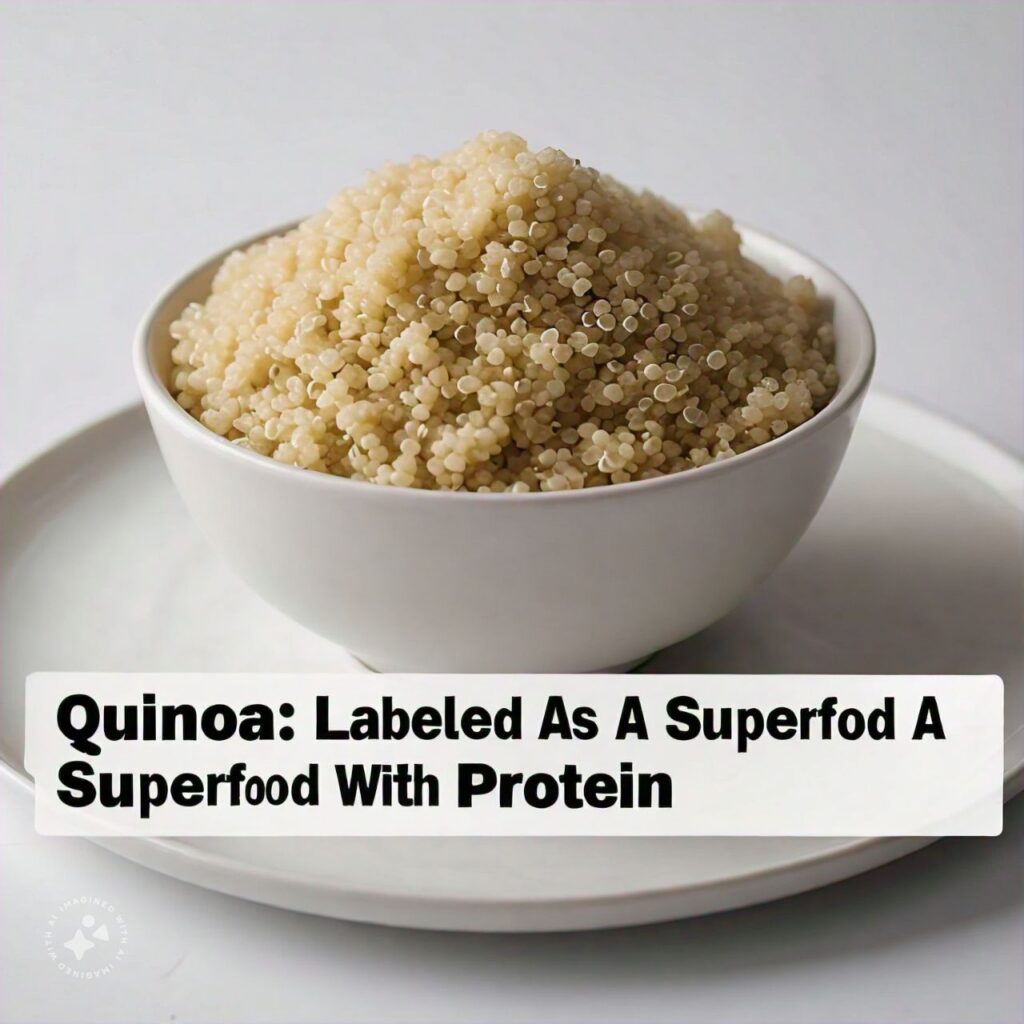
As one of the most popular Andean seeds, quinoa is also termed as a ‘superfood.’ This is mainly due to the high nutritional value that it possesses. Quinoa is also termed as a complete protein due to it being rich in all nine essential amino acids. This can be considered as a preferred source of protein for plant based eaters and even for normal eaters who do not wish to consume meat for proteins.
Quinoa being gluten free, is also an option for people who are on gluten free diets or have allergies to glutens. With quinoa being rich in copper, magnesium and fiber, this specific grain helps in regulating blood sugar levels, supports heart and even aids digestion. So, this stands perfectly for anyone looking to maintain a proper balanced diet while shredding those extra pounds.
Barley and Millets: Super Whole Grains
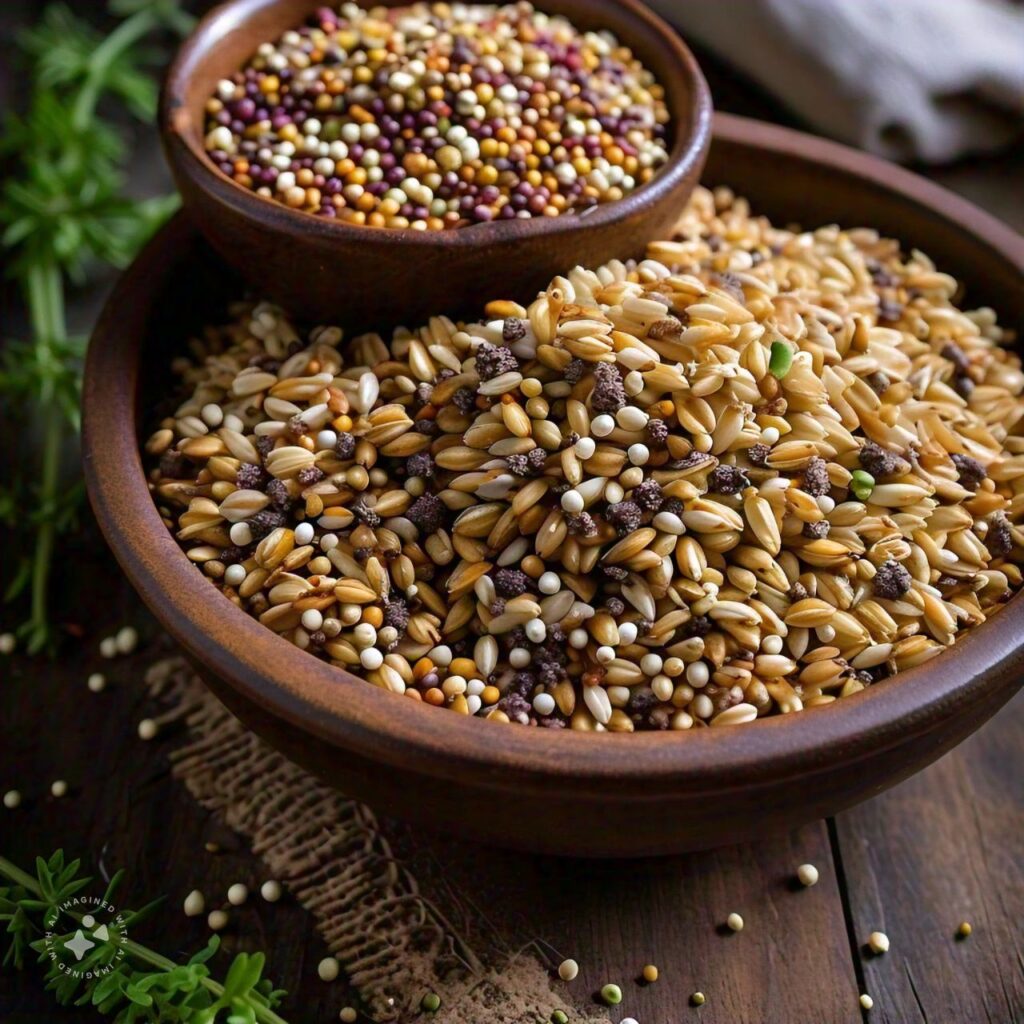
Barley, one of the oldest cultivated grains and an effective substitute for rice is barley also one of the super whole grains. When it comes to essential vitamins and Minerals, barley is already a powerhouse that contains protein, fiber, and Vitamin B along with zinc and magnesium. Another impressive explanation for barley being a preferred source for many people is due to it having a low glycemic index which is great for diabetes and weight loss as it makes you feel full for a longer period of time.
Millets, which include jowar, bajra, and ragi, are effective alternatives to rice as well. These gluten free cereals have high amounts of dietary fibers, antioxidants and some of the minerals such as iron and calcium. Millets are highly nutritious and have also been found to enhance digestion and reduce the risk of heart ailments. Replacing white rice with millets in your meals not only adds other grains to the dietary mix but also provides nutrients that are missing in white rice.
Cauliflower Rice: Low in Carbs and Calories
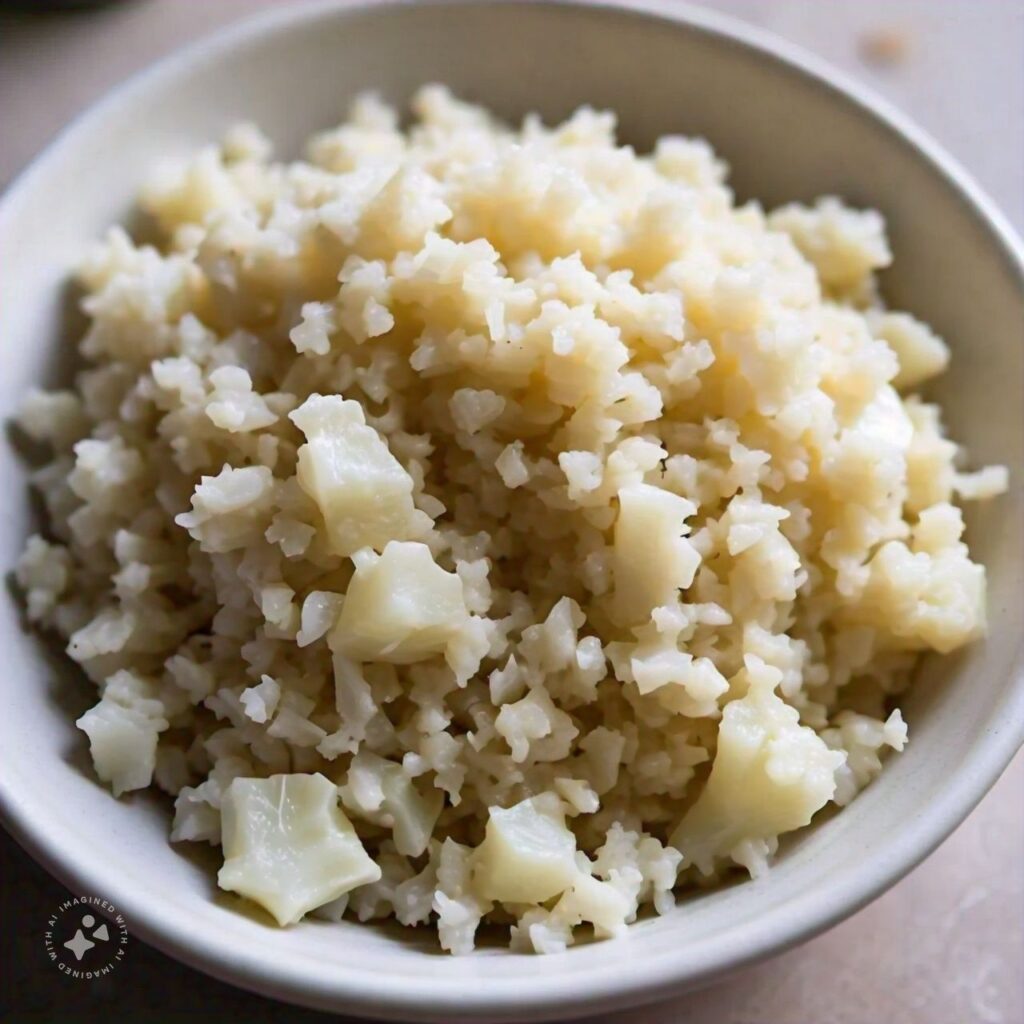
Cauliflower rice is gaining popularity among people on low-carb and keto diets since it is quite low in calories but very versatile. Cauliflower rice is made by shredding or mashing cauliflower for rice instead of using white rice which is high in carbs, making it a great low carb substitute for dieters. Plus, it’s very low in calories, which makes it effective in promoting weight loss and reducing calorie intake for users as it only contains approximately 25 calories per cup.
Not only is cauliflower low in calories, but it also includes an abundance of vitamins and minerals. Moreover, it is a good source of Vitamin C, Vitamin K, folate and fiber. Cauliflower rice can easily be made by sautéing grated cauliflower with a little olive oil, and can act as an alternative to actual rice in dishes such as stir fried chicken and curry.
Brown Rice: A Whole And Hearty Grain Brown rice is deemed as a bane of controversy. Subsisting brown rice comes with high fiber content but the reality is that it has a chewier texture which may not appeal to many. Nonetheless, focusing on the nutrition aspect, brown rice contributes much more towards one’s wellbeing than white rice can. The reason for this is that brown rice maintains its bran and germ whereas white rice loses them during processing thus containing far fewer nutrients. Within its contents, brown rice holds higher proportions of magnesium, manganese and B-vitamins which facilitate metabolism and keep inflammation at bay.
The inclusion of insulin resistance and fat storage decreases because brown rice contains a low glycemic index which promotes stable blood sugar levels. The soothing sensation after eating brown rice makes it easier for one to practice portion control. It’s a great alternative to white rice as such replacements can reap the benefits of a higher fiber intake.
Conclusion: Committing to Choices that Foster Weight Loss
It would not make sense to lose a drastic amount of weight while only incorporating white rice into your dishes. Healthier replacements are much more effective in achieving this goal. The other replacements include Quinoa, pearl barley, besan/gram, millet, cauliflower, brown rice, and many more. All of them have a good amount of vitamins, minerals, fibers, and other essential nutrients that can help with weight loss while controlling blood sugar levels.
The best way to find out what works for you is to try our list of substitutes, we understand taste matters, but health comes first! Remember to talk to a nutritionist beforehand to help you decide which is the right substitute for you considering you have a specific health condition. You would be able to maintain a balanced diet while losing weight effectively with the right approach.
